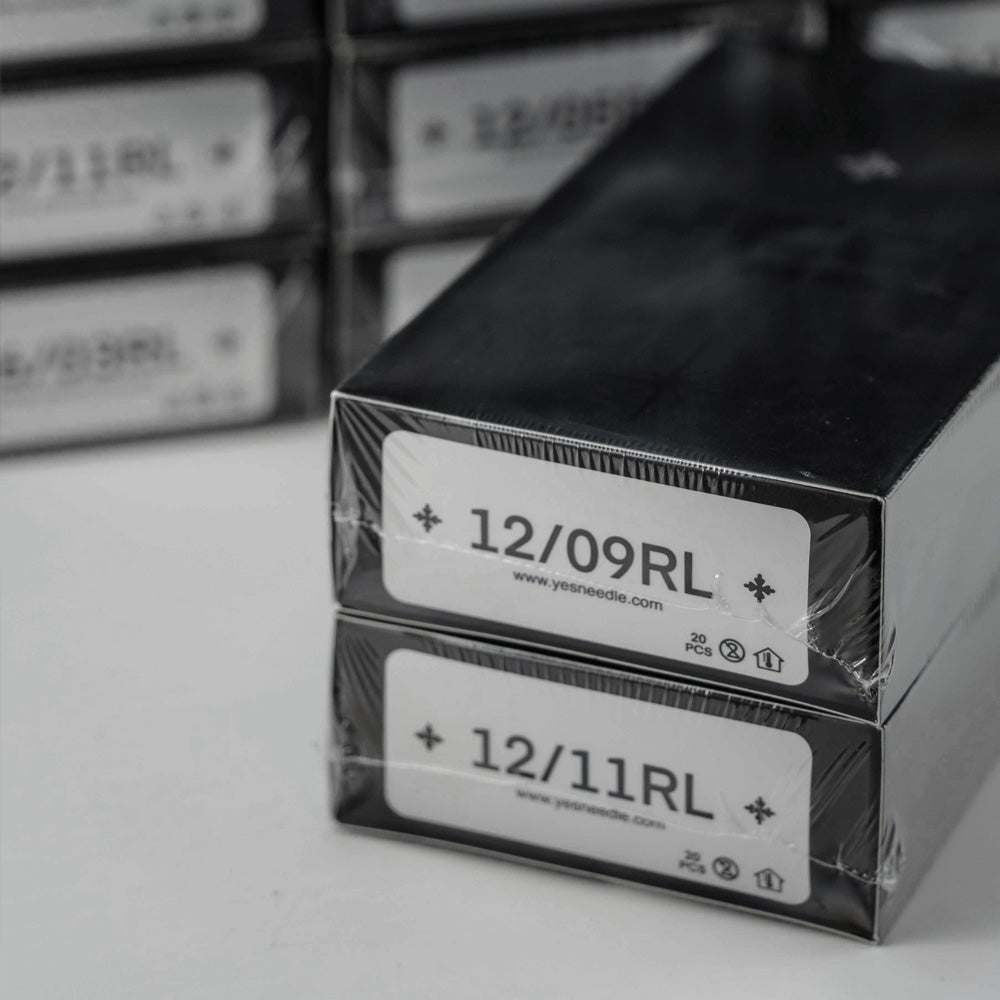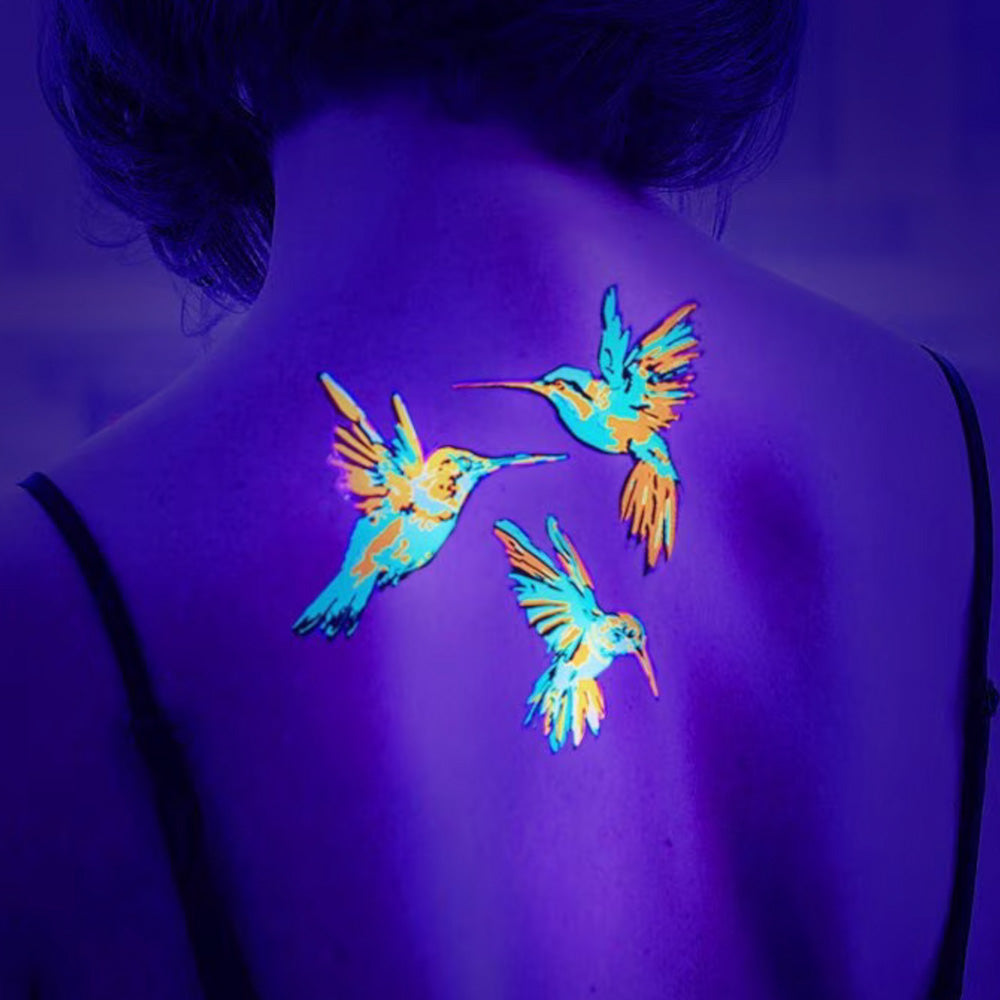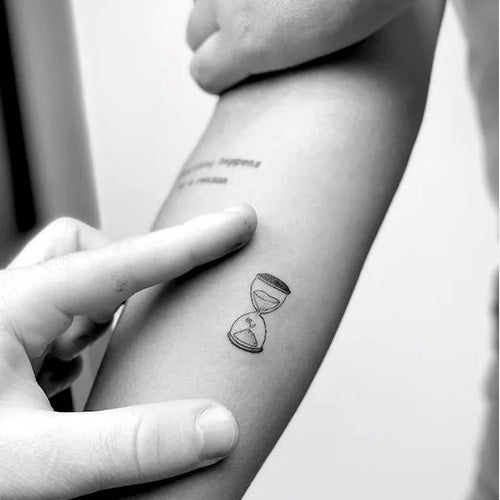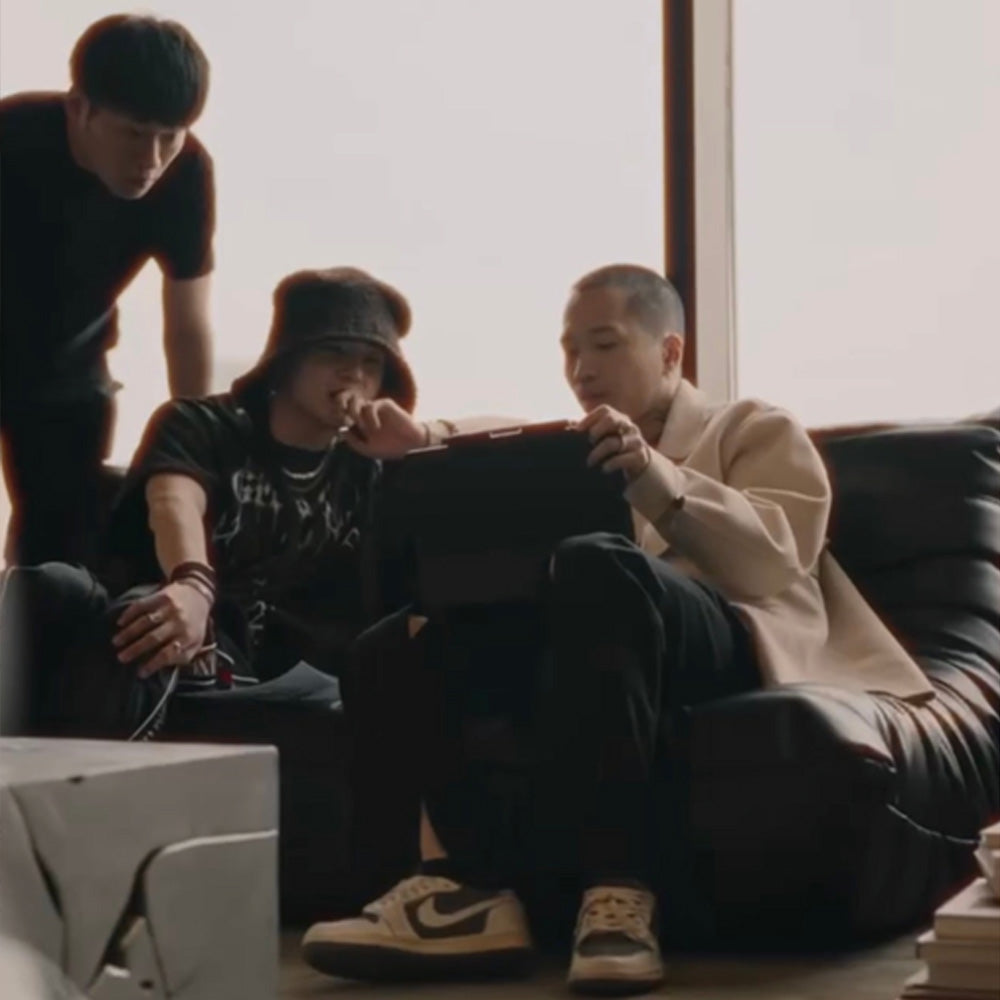Tattoo Blowout: Was jeder Tätowierer über Vorbeugung und Korrekturen wissen muss
We've All Been There - Dealing with Blowouts
Let's be honest - every tattoo artist has dealt with a blowout at some point. That sinking feeling when you see ink spreading beyond your carefully planned lines, creating that dreaded fuzzy, blurred effect. It's frustrating, embarrassing, and unfortunately, more common than we'd like to admit.
Tattoo blowouts happen when ink spreads beneath the skin's surface into the fat layer, causing lines to blur and lose their crispness. While it's not dangerous health-wise, it can seriously damage both your client's tattoo and your reputation.
The good news? Most blowouts are preventable with proper technique and quality equipment. Here's what you need to know.
What Causes Tattoo Blowouts
Tattoo Needle Depth Issues
Too Deep: The biggest culprit. When you penetrate past the dermis into the subcutaneous fat layer, ink spreads uncontrollably.
Too Shallow: While this won't cause blowouts, it leads to fading and poor ink retention.

Tattoo Technical Problems
Wrong Angle: Holding your machine at incorrect angles can push ink where it shouldn't go,Mostly happen when your needle and the skin holding less then 45 degree .
Excessive Pressure: Heavy-handed application forces ink deeper than intended.
Unsteady Hands: Inconsistent depth and pressure, common with new artists.

Skin-Related Factors
Thin Skin Areas: Wrists, ankles, fingers, and foot tops are high-risk zones.
Aging Skin: Older clients have thinner, more delicate skin prone to blowouts.
Overstretching: Pulling skin too tight can make it more susceptible to trauma.

High-Risk Areas Every Artist Should Know
Most Prone to Blowouts:
· Inner arms and wrists
· Hands and fingers
· Feet and ankles
· Ribs and side areas
· Areas with thin skin or close to bone
Safer Placements:
· Upper arms and shoulders
· Thighs and calves
· Back and chest (away from ribs)
· Areas with thicker skin and muscle
Prevention Techniques That Actually Work
Master Your Tattoo Needle Depth
The dermis is your target zone - typically 1-2mm deep.
Practice on synthetic skin until you can maintain consistent depth without thinking about it.
Skin Stretching Strategy
Skin Stretching StrategyStretch skin taut but not overly tight.
Too much tension makes skin more susceptible to blowouts, especially in delicate areas.
Tattoo Machine Control
Voltage Settings: Start lower and adjust up. Excessive power increases blowout risk.
Hand Position: Maintain consistent angle and pressure throughout your work.
Speed Control: Work at a pace that allows precision, not rushed application.
Client Communication
Explain blowout risks for requested placements.
Suggest alternative locations for high-risk designs, especially for first-time clients.
When Blowouts Happen: Damage Control
Immediate Assessment
Stop Work: Don't continue hoping it'll improve - it won't. Document:
Take photos for your learning and potential client discussions.
Communicate: Be honest with your client about what happened
Setting Realistic Expectations
Explain that the full extent won't be visible until healing completes (2-4 weeks).
Some apparent blowouts are actually bruising that will resolve.
Quality Equipment Makes a Difference
Needle Selection Matters
Poor quality needles with inconsistent manufacturing tolerances can contribute to blowouts. Needles that wobble, have rough surfaces, or inconsistent points make precise depth control difficult.
Professional-Grade Tools
Investing in quality equipment isn't just about performance - it's about consistent results and client safety. While we focus on tattoo needles rather than aftercare products, we understand the complete tattooing process.
For Aftercare Recommendations:
Brands like Mad Rabbit, Hustle Butter, and Aquaphor are popular choices among artists for healing support.


YES Needle: Precision You Can Trust ←
Speaking of quality equipment - YES Tattoo Needle cartridges are engineered specifically for consistent performance and precise control. Our needles help artists maintain the steady, controlled application that prevents blowouts.
When your equipment supports your technique rather than fighting against it, you can focus entirely on creating exceptional tattoos without worrying about needle inconsistencies.
Every blowout is a learning opportunity. Analyze what went wrong:
Was depth control the issue?
Did pressure vary during application?
Was the skin type or location a factor?
Client Relationship Management
How you handle blowouts affects your reputation. Be honest, professional, and solution-focused. Many clients appreciate transparency and will return if you handle problems well.
Continuous Improvement
Consider advanced training in areas where you struggle. Many successful artists sought additional education after early blowout experiences.
Final Thoughts for Fellow Artists
Blowouts happen to everyone, but they don't have to define your career. Focus on prevention through proper technique, quality equipment, and smart placement choices. When they do occur, handle them professionally and learn from the experience.
Remember: every master artist started where you are now. The difference between good and great artists often comes down to how they handle challenges and continuously improve their craft.
Your clients trust you with permanent art on their bodies. That responsibility deserves your best effort, proper equipment, and honest communication when things don't go as planned.




